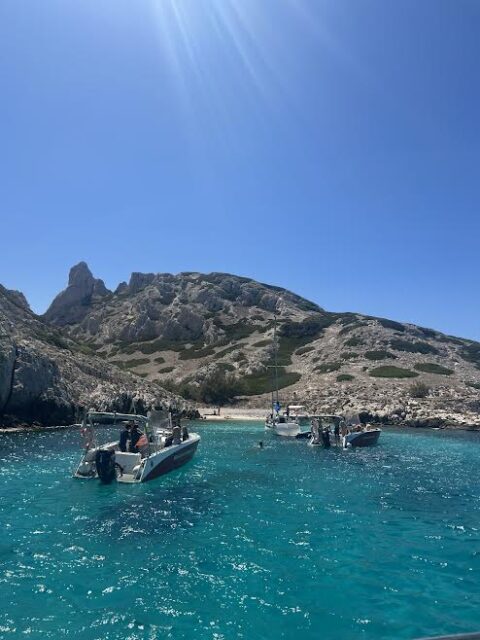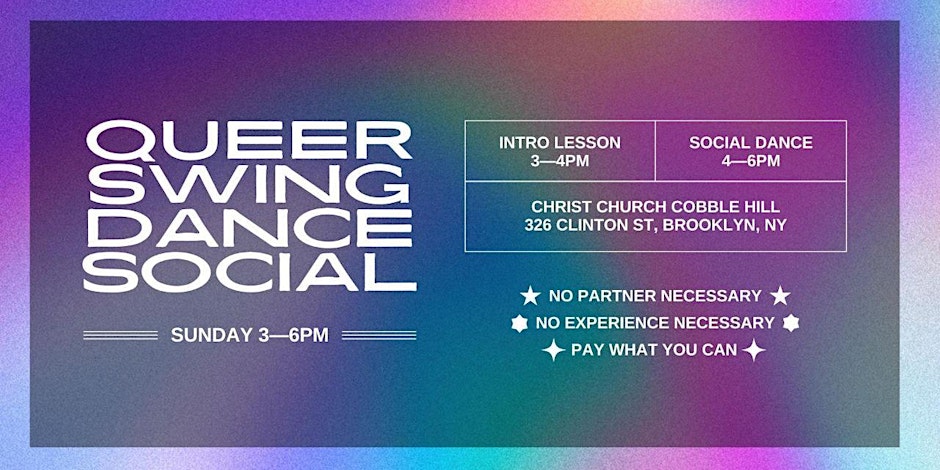The French know how to do things properly, so pay attention. The perfectly placed houses along the sea, the donut carts on the beach, the French bread law. Yes, a bread law: To be called a boulangerie, the traditional baguette must be made on the premises and must include only four ingredients: wheat flour, water, salt and yeast.
Does this mean that the French are stuffy? Maybe a bit, but it’s hard not to act superior when hailing from a place that expects the food to be high quality, the public services to run well, and for its citizens to earn enough pay and vacation time to enjoy it all. (People joke about the French going on strike at the first sign of trouble with employers, but they rarely add how well those strikes maintain good working conditions!)

Being proper might lend itself to stuffiness, but another part of being proper means that LGBTQ people are just fine. Whose business is it who you love, as long as you’re wearing a jaunty neck scarf or carrying a cute picnic basket to the beach? It would simply not be proper to malign queer folks. Mind your own baguette.
My partner and I visited Provence in August, catching the end of strawberry season.

We devoured subtly sweet but intensely flavorful strawberries that were nothing like the fat ones in rows in North American supermarkets. And figs. And melon. The market quality really was exquisite!

We spent our time in Bandol, Marseilles, Cannes, and Porquerolles on this trip. (With a quick stop in Sanary sur Mer for what’s touted as the most picturesque open-air market in France. I believe it.) I met with a queer friend in Nice to get the scoop on Cote queer culture and he just shrugged. It seems that in places where queerness is more accepted and people are wealthier, there is no “gay scene” and even less lesbian scene anymore.
“I don’t even have Grindr!” he mused.
Luckily, queer spaces still find their way into the French landscape. Nice still has a fabulous lesbian feminist bookstore, Librarie Vigna LGBT et Feminisme. I also saw gay men in white linen suits smugly strolling the beachside promenade in Cannes. They were exactly as you picture them.

The city of Marseille’s hip Cours Julien neighborhood has a rainbow/trans flag painted stairway and is home to plenty of bars, restaurants and small theaters. It’s bo-bo. That’s bourgeois-bohemian. Which to my mind is queer-plus, a step up from queer inclusive.

Aux 3G is the one lesbian bar in Marseilles and they host dance nights, but also poetry, table football, and other activities. Their website offers resources to help those struggling with homophobia, domestic violence, and health issues.
We spent two days just outside of Marseille, at the quirky Attrap Reves, only a 20 minute car ride from Marseille but vastly different and rural. We stayed in the Cabin Tahitienne, with a private hot tub. The clear bubble dome accommodations let us rest under a blanket of stars. The boxed dinner delivery was delicious and adorable, served in a wooden box for al fresco dining with all the accouterments, available vegetarian upon request.
If the mainland coast itself isn’t perfectly picturesque enough for you, Porquerolles is a great day trip, just a ferry ride away. The island is small, but there are scores of bars and restaurants, a historic fort and windmill, vineyards, and three tourist beaches.

On the beautiful beach of Bandol, I kept seeing an older local woman whom I affectionately referred to as “the Butch of Bandol.” I don’t know her sexual orientation (or gender, for that matter) but I saw her with a femme-looking woman her age again and again. I admit, I made up a life for them. The Butch of Bandol was 60ish short-haired, topless, super-tanned, loud with laughter and chattered with swagger. She gestured broadly and bent to ask wild questions of children, who loved her, accordingly. She was a local fixture. This is the queer scene on the Cote d’Azur. It’s just that the queer part doesn’t matter like it does in some places.

I’d be remiss not to mention wine in Provence. We took a tour of the Domaine de la Font des Peres winery and learned about how the hill is the perfect height for the vine roots to reach through the clay and minerals in the perfect Provincial weather to make truly great wine. Then we had drinks and pissaladiere (onion tarte), overlooking the valley, next to a group of four men in their 30s playing petanque (which originates in Provence – so it’s pretty easy to find a place to play). They were drinking wine and smoking cigarettes, chatting amicably. Straight, I think, but that’s not my business. Magnificent things are for everyone. As they should be.

Photos by Kimberly Dark.






























































